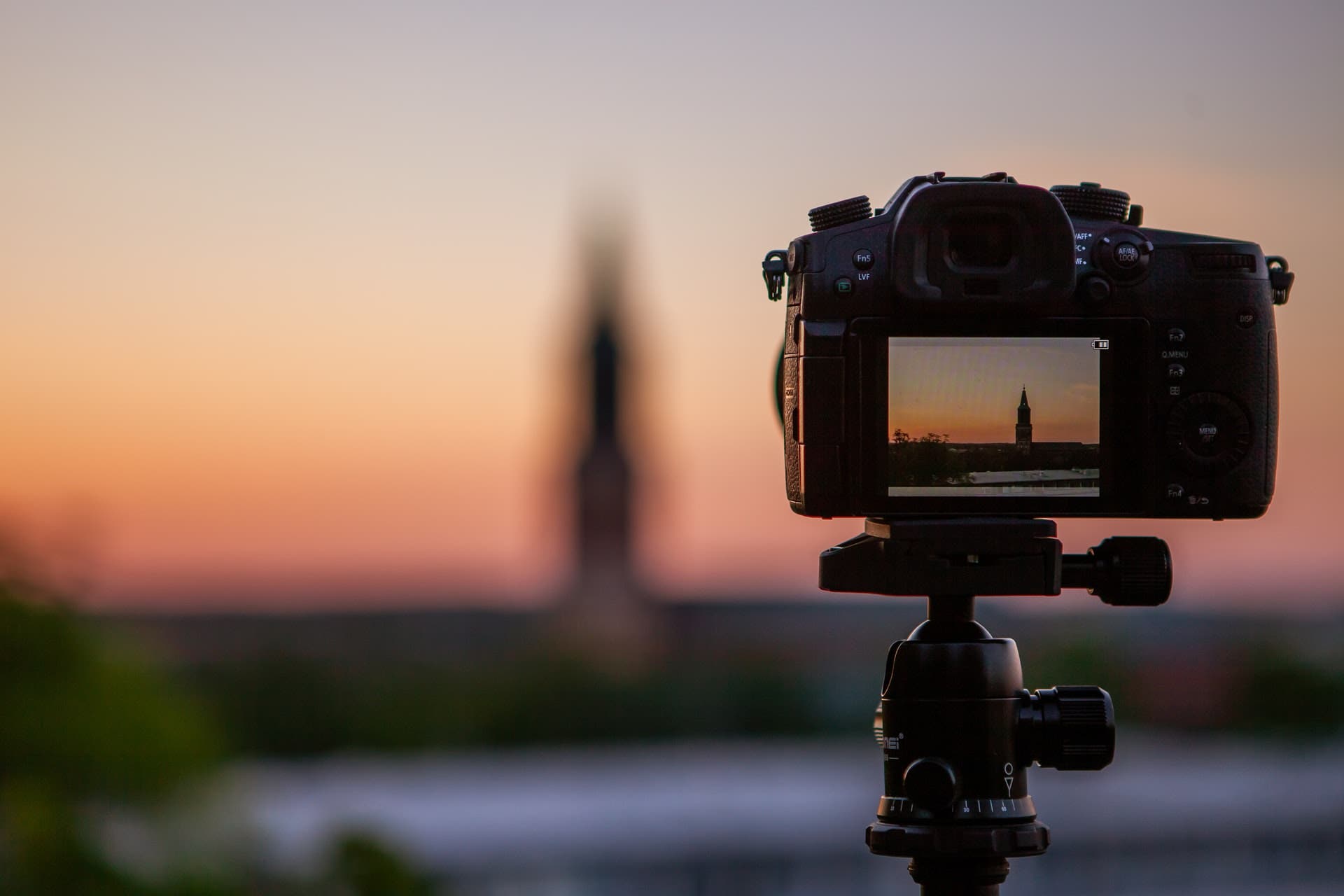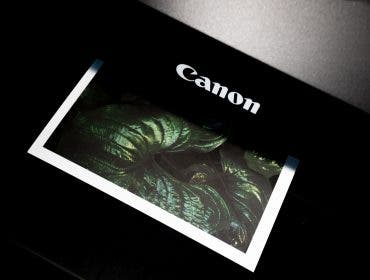As battery technology continues to improve, camera battery packs recharge faster, contain a higher charge capacity, and maintain a longer lifespan. While many digital cameras used to rely on disposable batteries, most cameras now feature rechargeable batteries for a more environmentally friendly and budget-friendly approach. But what are the differences between the various types of batteries on the market? In this guide, we’ll explore some of the more common types of batteries for digital cameras and their uses.
Are Camera Batteries Interchangeable?
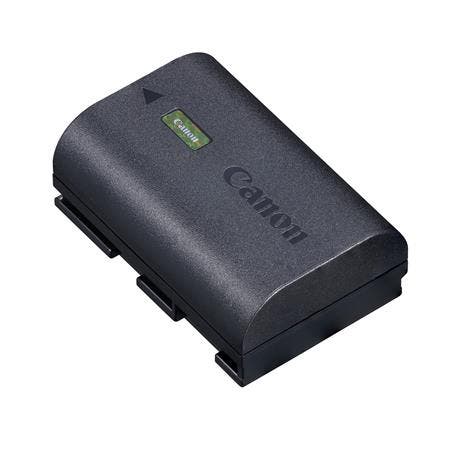
Unless your camera requires a universal battery format such as AA or AAA rechargeable batteries or single-use non-rechargeable batteries, each camera on the market requires a different type of battery. Batteries are often proprietary, so a battery that’s for Canon cameras won’t fit or function in a Nikon camera.
Energy storage is a top priority for photographers. Most cameras come with a primary battery. However, it’s a good idea to invest in extra batteries so you can keep shooting even if you don’t have a battery charger or power source handy.
Types of Batteries for Digital Cameras
Lithium-Ion Batteries
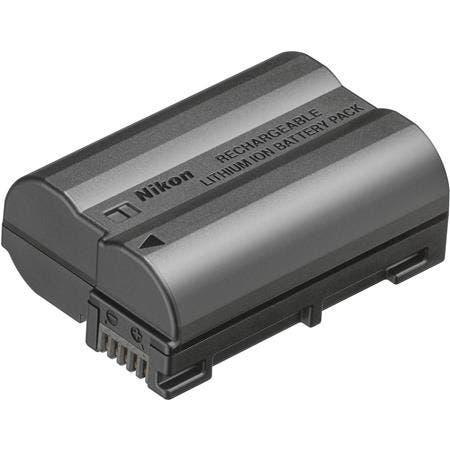
Digital cameras require a robust power source for functionality, so most DSLRs and mirrorless cameras take advantage of the benefits provided by lithium-ion batteries (Li-ion). Also referred to as li-ion batteries, these rechargeable battery packs are smaller than other types of batteries and have a larger power capacity.
With Li-ion batteries, you’ll get a lot of use out of your investment. Many camera manufacturers stick with a certain lithium-ion battery design for multiple generations of cameras. This means that even if you upgrade your DSLR, you may be able to continue using your same lithium-ion batteries.
Lithium-ion battery technology is so impressive compared to other types of batteries. It supports plenty of devices beyond photography equipment. Cell phones, laptops, electric vehicles, hearing aids, power tools, and other high-tech gadgets use lithium-ion batteries as powerful yet portable power sources.
Nickel-Metal-Hydride Batteries
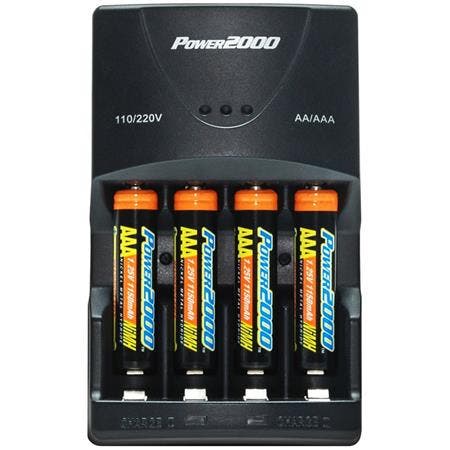
Nickel-metal-hydride batteries, or NiMH batteries, are another type of battery for digital cameras. Many rechargeable batteries in the common AA and AAA sizes use NiMH technology. NiMH batteries have a high energy density so they can store two or even three times as much energy in the same amount of space as a traditional battery.
Though these batteries work well as replacements for non-rechargeable batteries, NiMH batteries are heavier than their Li-ion battery counterparts. When camera companies select battery technology, they know that weight adds up quickly. NiMH batteries are less commonly used in camera battery packs.
Disposable AA and AAA Batteries
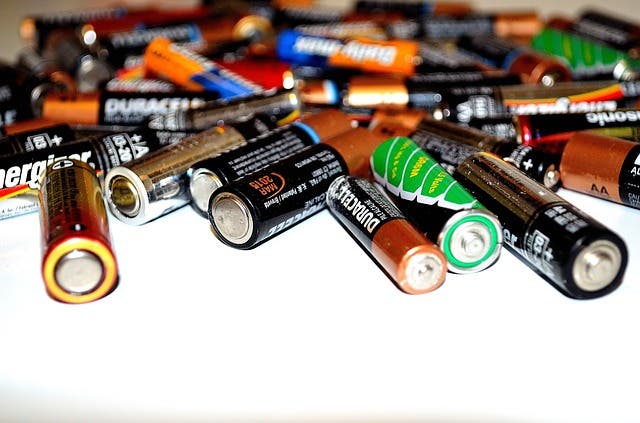
Alkaline batteries are the most common type of AA and AAA battery technology. While they work well with low-power-consumption gadgets like flashlights, calculators, and remote controls, alkaline batteries aren’t ideal for more robust technology like smartphones and cameras.
You can’t recharge disposable batteries, so consider using them as backup or secondary batteries in your photography kit. If you absolutely need to purchase AA or AAA battery sizes for your gear, look for li-ion battery technology rather than alkaline batteries. Your batteries will last a bit longer, resulting in less hassle and waste.
Name Brand vs Third-Party Batteries
When you’re shopping for compatible rechargeable batteries for your camera, you can save a bit of money by selecting an off-brand battery manufacturer. In most situations, it’s perfectly safe to use a third-party battery, but we recommend checking the battery specifications. This will help you make sure your intended batteries not only physically fit in your camera, but match the power load your camera needs to operate correctly.
Other Important Li-Ion Battery Considerations

Even rechargeable batteries have limitations. A rechargeable battery will eventually hold a reduced charge, so you’ll need to recharge it more frequently. However, you can extend your battery’s lifespan by following a few best practices:
- Only use the battery charger included with your camera or battery kit. Battery chargers are designed for certain charging speeds and current loads. Off-brand chargers aren’t optimized for your batteries.
- Don’t overcharge or fully drain. Batteries are most stressed when fully charged or fully drained.
- Avoid extreme temperatures. You can permanently damage rechargeable batteries if you expose them to very high or very low temperatures. Store your batteries at room temperature. Never put a hot or overly warm set of cells into a charger right out of your flash. Let them cool to approximately room temperature first. Temperature rise is a prime indicator of charge status in fast chargers. Putting a hot cell into a charger could result in over- or undercharging. You don’t want this to happen! Similarly, don’t charge your cells in a hot car. This means don’t leave them charging in a closed car in the hot sun.
- Charge rechargeable batteries before first use. Don’t ever attempt to use a new set of rechargeable batteries without first giving them a full charge. At best, a new set is likely to be completely run down and won’t work anyway. At worst, each cell will have a different amount of charge left. If so, trying to use them without a fresh charge could reverse charge one of your new cells and wreck it right out of the box!
Best Practices for Camera Batteries
- Inspect the battery compartments in all of your equipment every few months to be sure your batteries are not leaking. A timely inspection can save you a lot of grief and expense. If the contacts have been exposed to leaky batteries, they may be corroded beyond help and will need to be replaced.
- If you’re not going to be using certain photo gear for a few months, remove the batteries. That way they’re less likely to leak in your equipment and cause serious damage.
- Always replace alkaline cells as a set. You will not get good performance from three half-used cells and one new one. A better way to save money is to recycle partially rundown cells into a flashlight or radio.
- Caution! Never try to recharge primary batteries. Indeed, primary batteries may well explode if put into a charger.

